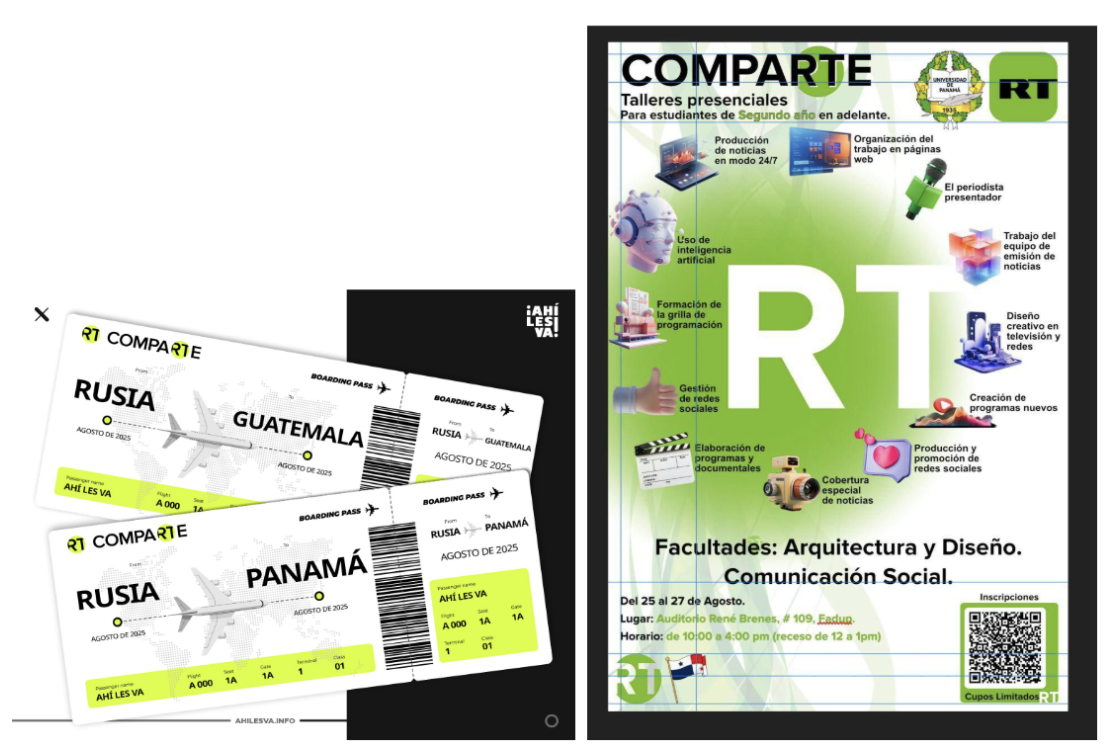My brother Todd, a diehard Red Sox fan with a massive sweet tooth, was an incredibly social person. This was especially notable because he did not speak, used a wheelchair, and needed constant support throughout his day due to his cerebral palsy. Growing up with Todd taught me early on that people should get what they need to live meaningful and self-determined lives. Thanks to Medicaid, Todd received personal care assistance, in-home therapies, and employment services. These supports enabled him to graduate from his local public high school, work part-time as an adult, and live a full and social life. Those same Medicaid services also allowed our mother, who was a single parent for over three years, to work full-time to provide for her six children.
Unfortunately, those services are now under direct threat. In late May, the House of Representatives passed the Trump administration’s reconciliation bill in a narrow, partisan vote (215-214). The bill is now being debated in the Senate and could be passed and signed into law before the July 4th holiday. Among many other measures, if enacted, the bill would implement the largest cut to Medicaid in its history, totaling over $800 billion. Cuts of this magnitude could strip 10 to 13 million people nationwide of longstanding and essential healthcare services they depend on, threatening their health, independence, and quality of life.
In my state of Massachusetts, we would see immediate issues. That’s because the bill includes cutting $1.75 billion of federal funding for MassHealth, the state’s Medicaid program—and the largest program in the state’s annual budget. As a result, the entire healthcare system in our state would be affected: healthcare professionals would be laid off, prices for essential medications and services would rise, and more than 250,000 Massachusetts residents would experience a loss of access to vital medical support.
Among those most impacted would be people like my brother Todd—people with intellectual and/or developmental disabilities (IDD) who rely on Medicaid to help them live fulfilling lives. To understand the devastating impact of these Medicaid cuts on people with IDD, including those with autism, it’s crucial to recognize the distinction between mandatory and non-mandatory Medicaid services.
Mandatory services, which are required by law, consist of healthcare services like doctor visits, medical care in hospitals, and long-term services and supports that are provided in nursing homes or institutions. Non-mandatory services, which are optional and vary by state, consist of dental care, some therapies, and most home- and community-based services (HCBS) provided through Medicaid waiver programs.
Many non-mandatory services are lifelines to individuals with IDD and autism to remain in their communities, allowing them to live safely and with dignity in their own homes and to engage meaningfully in lives of their choosing. Although they are labeled “non-mandatory,” these supports are absolutely critical for people with IDD and their families. Yet, because they are optional, non-mandatory services are most likely to be affected by any cuts to Medicaid. Mandatory services, meanwhile, are required by law and thus less likely to be affected by cuts to Medicaid. As a result, families may have no other options besides institutional care.
Additionally, many individuals with IDD and autism gained access to healthcare through the Affordable Care Act’s option for states to expand Medicaid coverage. But proposed cuts to Medicaid in the reconciliation bill would be more likely to affect those with Medicaid expansion coverage because the federal government covers 90% of costs for Medicaid expansion compared to 50% for traditional Medicaid. This would hit especially hard in states like Massachusetts where long waitlists already limit access to home- and community-based care.
Nationally, the best available data indicate over 700,000 people across 38 states are on waiting lists for home- and community-based care. Any cuts to Medicaid would mean that even fewer people with IDD and autism receive the services they need.
The Massachusetts Developmental Disabilities Council is amplifying the voices of people with IDD and autism, sharing powerful stories of how Medicaid makes their lives in the community possible—and what’s at stake if it's cut. Amber Petell, for example, lives with quadriplegic cerebral palsy. She shared, “I'm able to work a job that I love and support others with disabilities because I have the support I need to stay healthy and do the things I want and need to do…I need a caregiver to get out of bed, get ready for the day, get to work, and use the bathroom. If Medicaid is cut, I will not have basic support to meet any of my basic physical needs.”
Or take it from Cynthia Laine, a mother with two teenage autistic sons. She said, “Because of Medicaid, my sons have made incredible progress. Every small step, whether it's expressing emotions through gestures or making connections with peers, represents hours of therapy and support. These gains are fragile, and cutting Medicaid would disrupt the very foundation that allows them to grow and thrive.”
If Medicaid cuts are passed and signed into law, the support that Amber, Cynthia, and so many others rely on to complete basic everyday necessities will be lost. Eliminating funding for these services would be a devastating step backwards—and could force people back into institutions, undoing decades of progress in providing services in the most integrated settings possible and increasing school and community inclusion.
Instead, efforts to expand HCBS waivers should continue. This would increase community-based care in integrated settings and decrease the number of people with IDD in institutions and on waitlists. States also should be compelled to accurately and consistently (i.e., across states) report their HCBS waiting list data, including how many people with IDD are on the waiting list, whether people are screened for eligibility, what the average wait time is, and whether any services are provided while on the waitlist.
Dr. Zachary Rossetti is an associate professor of special education at BU Wheelock College of Education & Human Development.
























